The environmental legacy of mining on the Mpumalanga Highveld
The pungent smell of burning coal as one flies over mining plants and power stations in close proximity to each other on the Mpumalanga Highveld area is testimony to the dangerous effects these industries have had on the people who live in nearby communities.
Mpumalanga has rapidly become home to most of Eskom’s coal-fired power stations, Sasol’s Synfuels in Secunda, and Evraz Highveld Steel & Vanadium outside eMalahleni, also known as Witbank.
The development of these giant operations has resulted in Secunda and Witbank being ranked as having among the world’s highest air pollution levels.
This week, GroundUp follows a team from the Centre for Environmental Rights (CER), Greenpeace, groundWork, and various other local activists visiting key areas to assess how mines and power stations have had an impact on surrounding communities.
On 17 June, GroundUp joined a private flight over the Highveld areas of Kriel, Hendrina, Belfast and Middleburg with Bateleurs pilot Karl Jensen.
While it was clear that there had been attempts to rehabilitate the land in some parts, most of the damage caused by large gaping mining holes left open spaces bare which often filled with “toxic water”.
In 2007, the Highveld was the second area in the country to be declared an air pollution priority area under the National Environmental Management: Air Quality Act, CER have said.
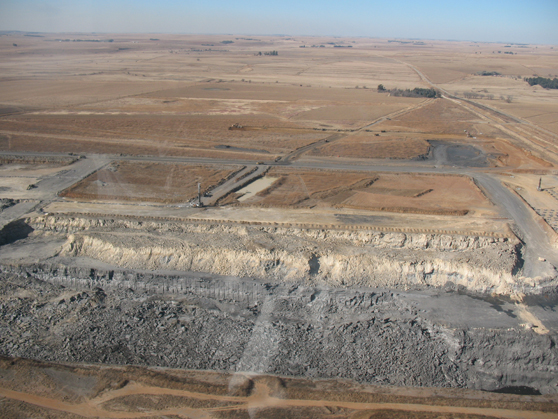
Aerial views of the highveld from Kriel to Middelburg.
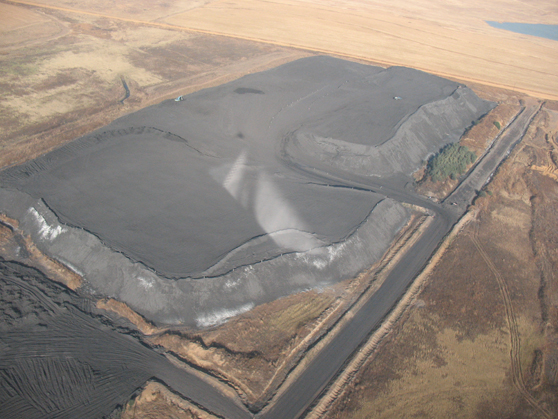
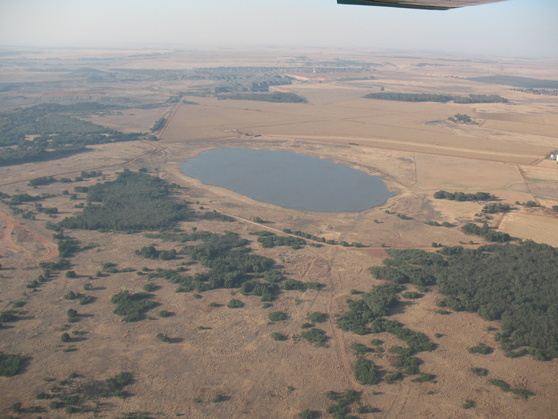
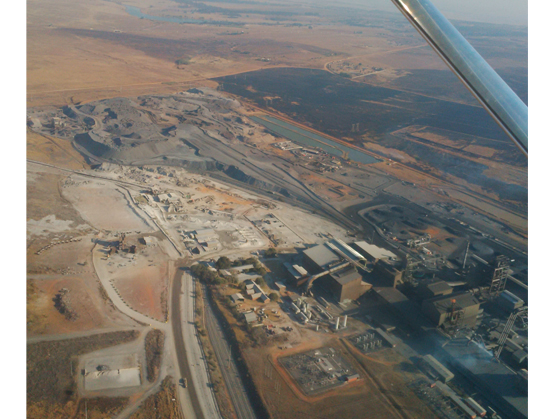
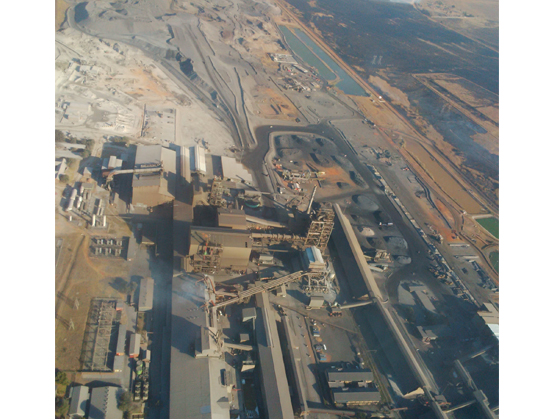
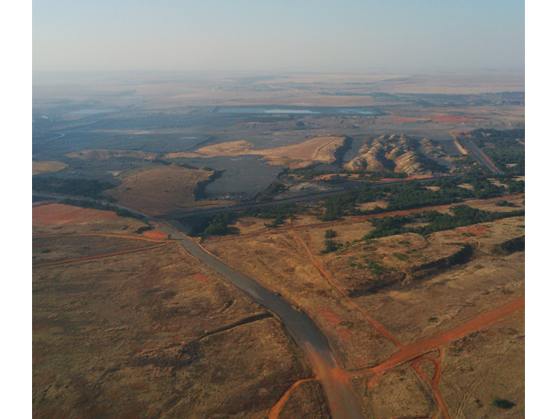
Support independent journalism
Donate using Payfast

Don't miss out on the latest news
We respect your privacy, and promise we won't spam you.
Next: Khayelitsha Film Festival a “great basis to grow from”
Previous: Zimbabwean man sues SAPS

This article is licensed under a Creative Commons Attribution-NoDerivatives 4.0 International License.
